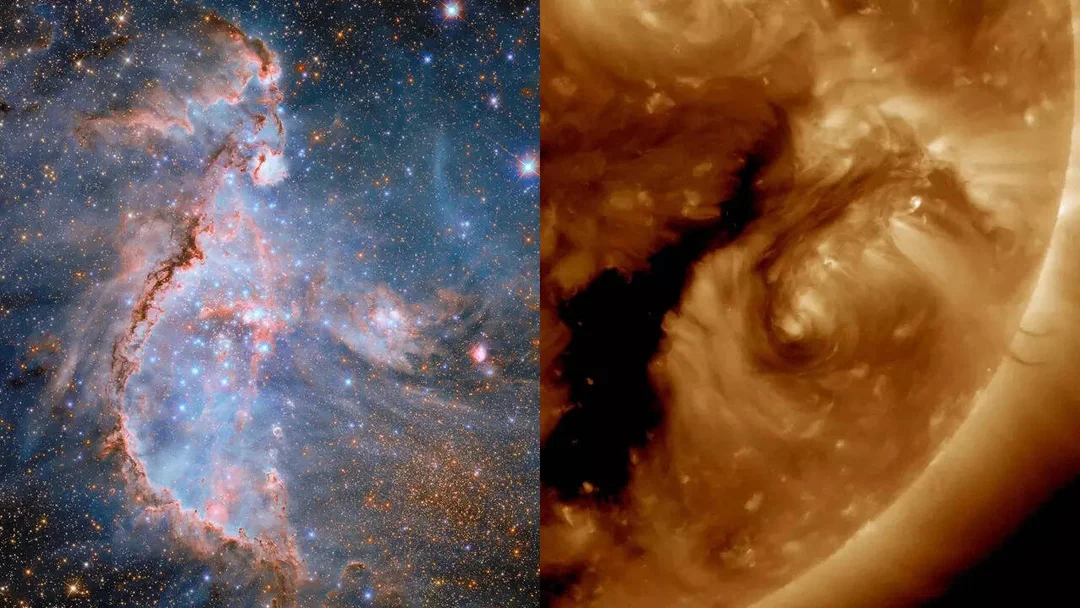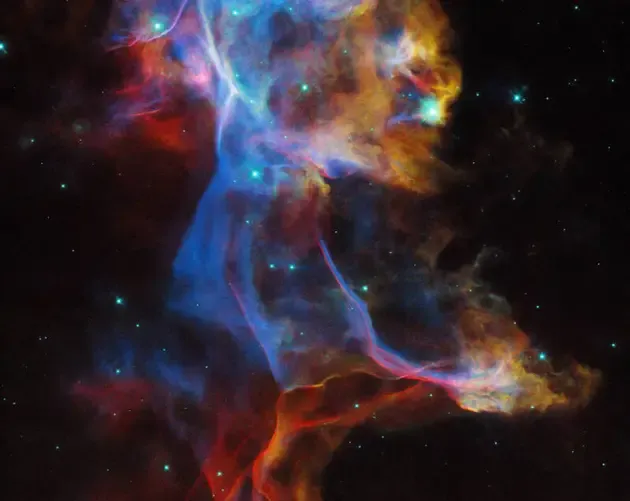
Hubble Space Telescope: 35 Years of Cosmic Wonders, Breathtaking Images
For 35 years, the Hubble Space Telescope (HST) has been revolutionizing our understanding of the cosmos. Launched on April 24, 1990, it overcame initial challenges to become a cornerstone of modern astronomy. But what makes the Hubble so special, and what has it shown us about the universe?
The Hubble's journey began with a vision from U.S. astronomer Lyman Spitzer in the 1940s. Although it took decades to materialize, with contributions from NASA and the European Space Agency, the HST has consistently delivered groundbreaking discoveries. NASA recently celebrated the HST’s long journey by releasing captivating images of the telescope.
Initially equipped with cameras and spectrographs, Hubble faced an early setback: blurred images due to a flawed mirror. However, a corrective device, COSTAR, was installed by astronauts in 1993, restoring the telescope's full potential. This mission even entailed spacewalks to maintain the telescope which were viewed worldwide.

Over its three and a half decades of operation, the HST has captured approximately 150 GB of data weekly and observed nearly 52,000 stellar objects in 1.6 million observations. The telescope helped scientists estimate the universe's age at approximately 13.8 billion years by observing Cepheid variable stars.
Beyond age estimation, Hubble's observations have led to other major breakthroughs. For example, the Hubble has been used to create a 3D map of dark matter and shed light on the origins of gamma-ray bursts. The telescope has also contributed to the understanding of black holes and studied exoplanet atmospheres.

The Hubble Space Telescope images have captivated audiences worldwide and have revolutionized our understanding of the cosmos. From the "Pillars of Creation" to merging galaxies, these snapshots offer glimpses into the farthest reaches of space. Additionally, the telescope helped find two additional moons of Pluto and observed seasonal alterations on Pluto’s surface.
One of Hubble's many striking images in 2025 include NGC 1333, a forming star area located 967 light-years away in the Perseus molecular cloud. Another NASA release this year included a deep space image filled with thousands of stars.
While the James Webb Space Telescope offers even clearer images, Hubble's legacy remains unmatched. What do you think is Hubble's most significant contribution to our understanding of the universe? Share your thoughts in the comments below!